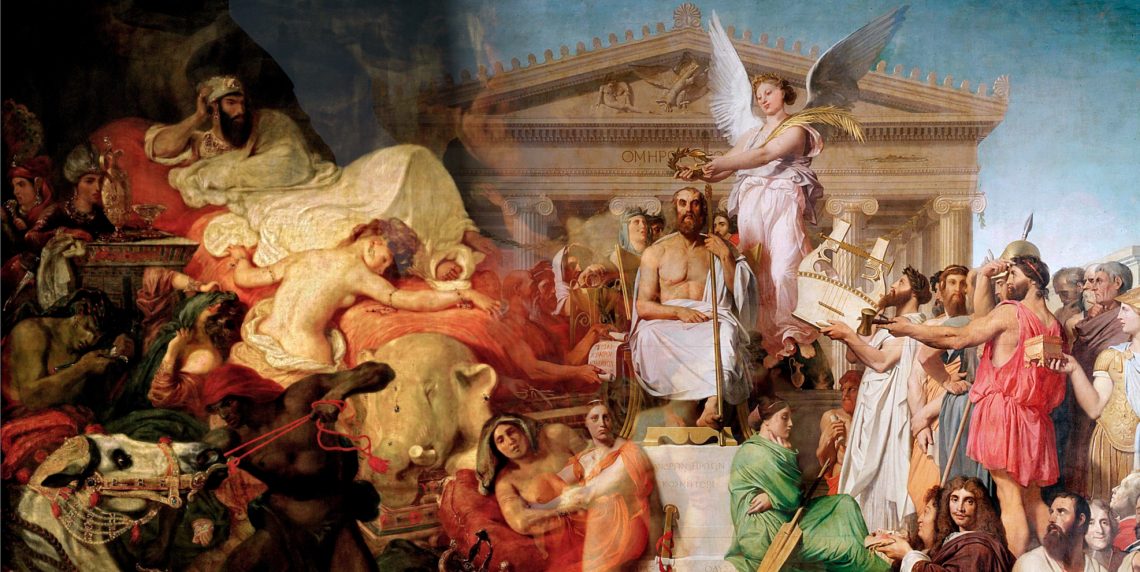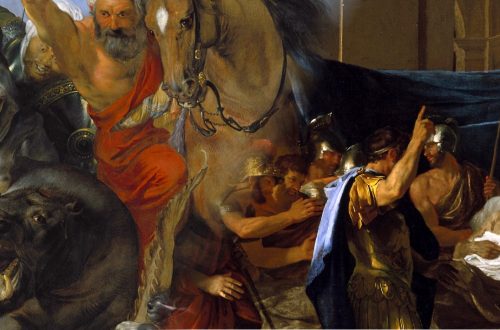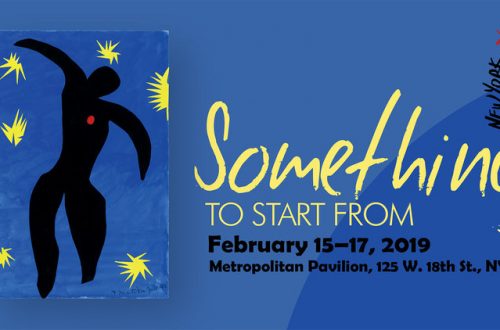Editorial Quick Take
Last week’s quick take continued a series on the long-standing debate in the history of art. Time and again artists have argued over which aspect of painting should be considered primary: drawing or color? In mid-19th century France this debate was rekindled with a new intensity. This time the opposition took the form of a conflict between the Neoclassicists and the Romantics.
The Neoclassical painters looked to antiquity for their aesthetic standards. They filled their paintings with poses borrowed from Greek and Roman sculpture, and took their themes from history and mythology. Elegance, grandeur and a sense of decorum were essential to their vision of painting. Preeminent among the Neoclassicists was Jean-Auguste-Dominique Ingres. Celebrated for his sensitive portraiture and balanced compositions, Ingres was a staunch proponent of drawing as the cornerstone of great painting. For Ingres and his peers, it was the precision and subtlety of line that imbued painting with its proper simplicity and nobility. Ingres insisted that “a thing well-drawn is always a thing well-painted.” Color was at best an ornament—at worst a distraction. Ingres considered bright colors “anti-historic” and warned his students against them. “Better to fall into gray,” he said, “than into bright colors.”
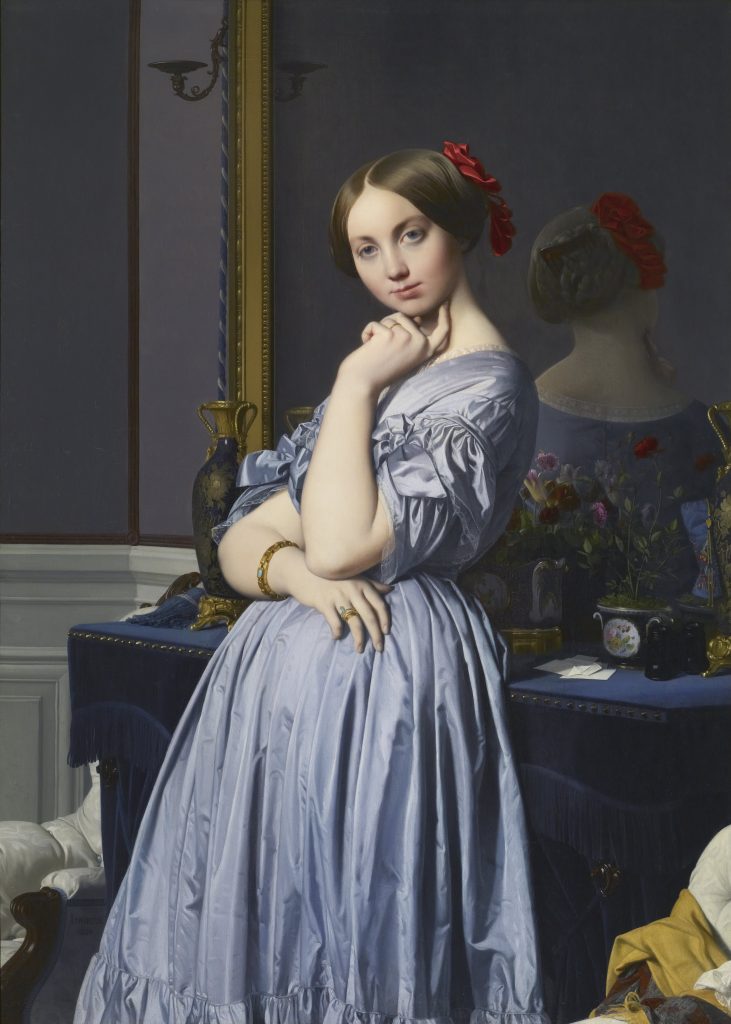
On the opposing front was the Romantic school lead by Eugène Delacroix. The Romantic painters looked to Nature, not antiquity, for their standards of beauty and taste. They wanted a sense of life and emotional force in their work. So in place of the mythological themes of Neoclassicism, Delacroix filled his paintings with the scenes and settings that he encountered traveling in Northern Africa. His turbulent arrangements were threaded with vibrant and expressive brush strokes. Color, as Delacroix saw it, was essential to painting, and he developed a method in which touches of bright, unmixed color were placed next to each other. These adjacent color notes would blend together in the viewer’s eye, while still maintaining their chromatic intensity. “Remember,” he urged in his journal, “the enemy of all painting is gray.”
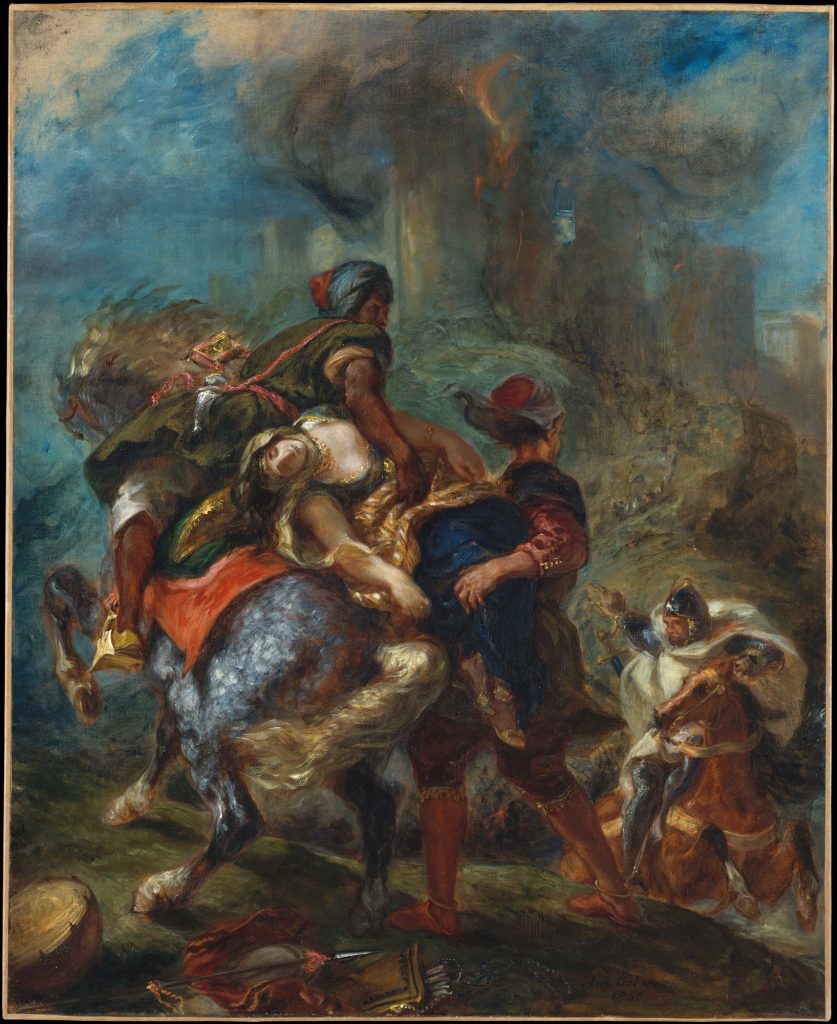
The contention between these two artists was so impassioned that a French cartoonist at the time depicted them jousting outside of the Institut de France—Ingres armed with his pencil, Delacroix with his brush.
Follow the links below to see how their clash compares with those from previous centuries:
Drawing or Color Part I: The Poussinistes vs. The Rubénistes
Drawing or Color Part II: The Florentines vs. the Venetians
